From the looks of this photo, it appears to be a nitrogen burn (spilled fertilizer), with a halo of dark green grass surrounding dead grass and moss; it also might be a fungal disease. The lawn is in such bad shape that it’s hard to tell. A better answer addresses the underlying problem. The soils around Puget Sound are mostly a mixture of rock, sand, and clay called glacial till, which is usually acidic and relatively infertile. Combined with limited direct sunlight and lots of moisture, this sets up conditions that weaken grass and favor a variety of diseases, weeds, and mosses. Your photograph shows that well.
Nothing short of major renovation and consistent care will fix that—and it’s only worth doing on parts of the lawn that get at least 6 hours of direct sun (when the sun is out!) per day from March through October. Parts of the lawn that get less than that should be converted to a ground cover such as Japanese spurge (Pachysandra terminalis) that will tolerate the shade. To renovate the part of the lawn that gets enough light, do the following in March: till the soil, amend it with a couple of inches of compost, rake out the rocks and roots, level it, and either sow lawn grass or roll out turf.
A good blend for your area is a blend of perennial ryegrass, fine fescue, and bent grass, and no more than a small percentage of Kentucky bluegrass (the latter will die out within a couple of years). Give the new lawn an inch of water per week if the rain doesn’t do that for you, and feed it with lawn fertilizer in March, May, and September. Remove weeds as they appear by hand or with a spot sprayer. Then you’ll have a terrific looking lawn, and the problem pictured here will be gone.
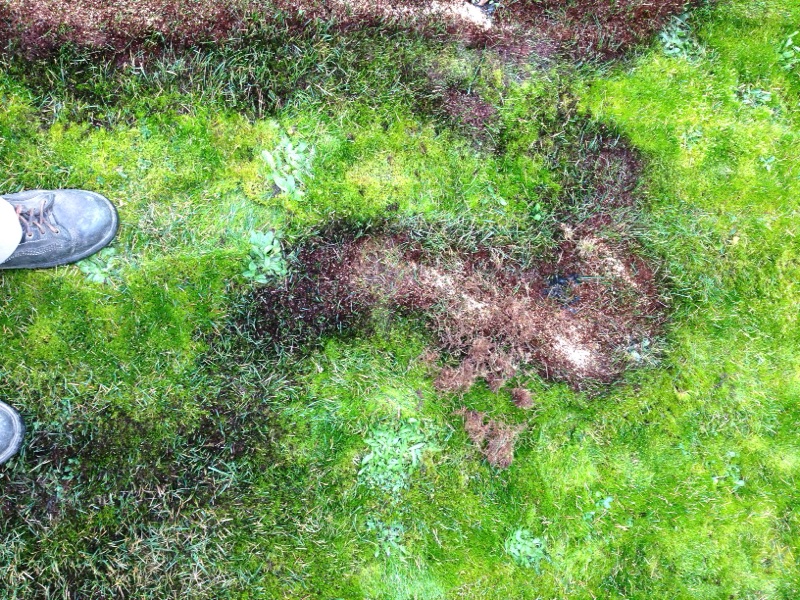
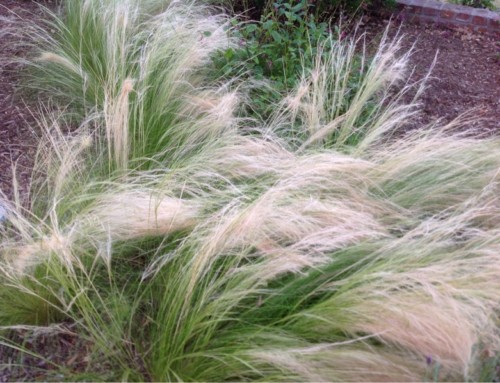
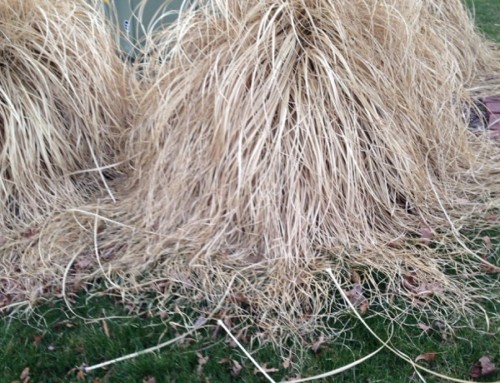
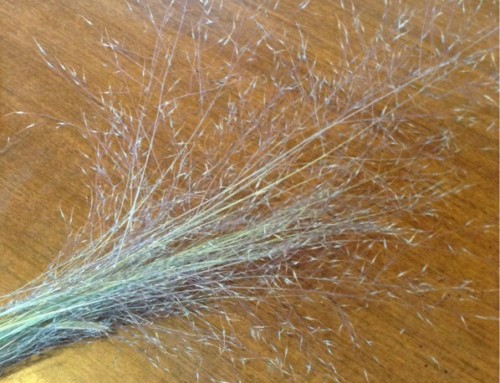
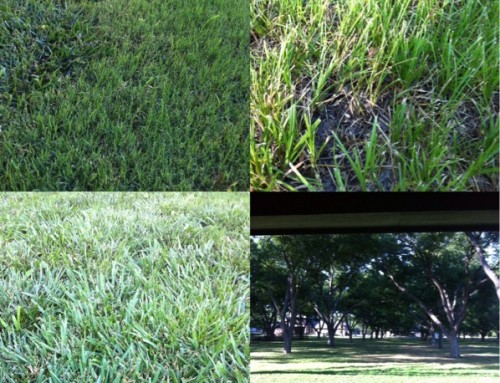
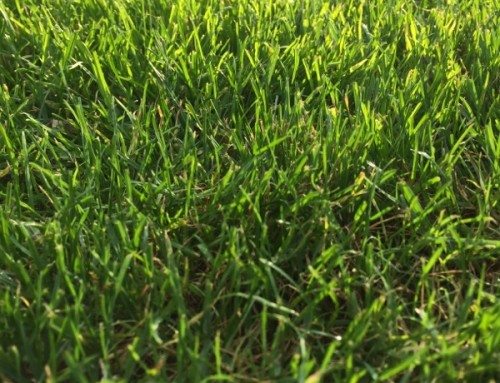
This analysis provides a **comprehensive approach** to tackling **lawn issues** in the Puget Sound area. The potential causes—**nitrogen burn, fungal disease, and poor soil conditions**—are well-identified, emphasizing the need to address **underlying soil health** rather than just treating symptoms.
The recommendation to **assess sunlight availability** before renovation is crucial, as grass struggles in **shaded, moist environments**. The **step-by-step guide** for lawn renovation—**tilling, composting, leveling, and reseeding with appropriate grass blends**—is highly practical. The inclusion of **alternative ground covers** for shady areas is a great suggestion for long-term success.
For anyone dealing with **moss, poor soil, and weak grass**, this guide offers a **sustainable solution** rather than a quick fix. 🌱🏡
Good Information
Regards, Unissula